MY VERY FIRST DSLR CAMERA.
I used to be a Nikon shooter. One of the most frequent questions that I get from both photographers, hobbyists, and clients is why I made the switch to Canon. So, I figured I’d write my story!
(Photo Cred: Meghan McCarthy Photography)
My very first DSLR purchase was a crop-sensor: Nikon D3400. I loved that little baby (and I feel great knowing it continues to be in good hands). That camera came along on some of my most favorite adventures across multiple continents, many countries, and numerous cities.
Here are some of my favorite places captured with my Nikon D3400:
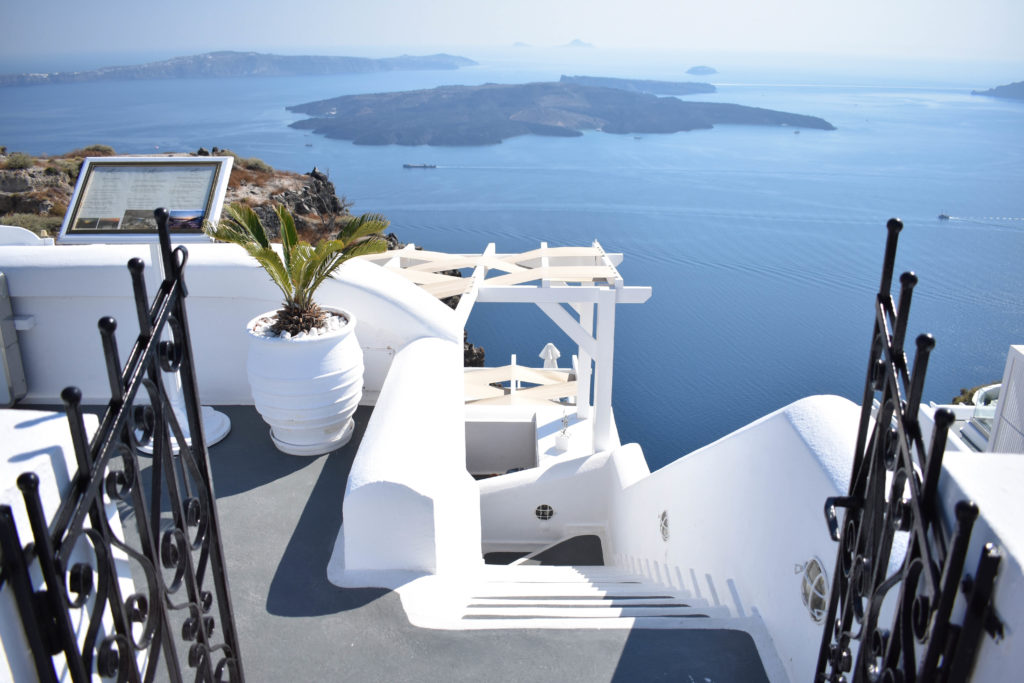
Now if only I could go back and tell my younger self to shoot in RAW! But that’s a story for another day…
This Nikon D3400 was also the camera that got me started on this photography journey. In fact, here is one of the first engagement photo sessions I ever shot with my handy Nikon crop-sensor camera:
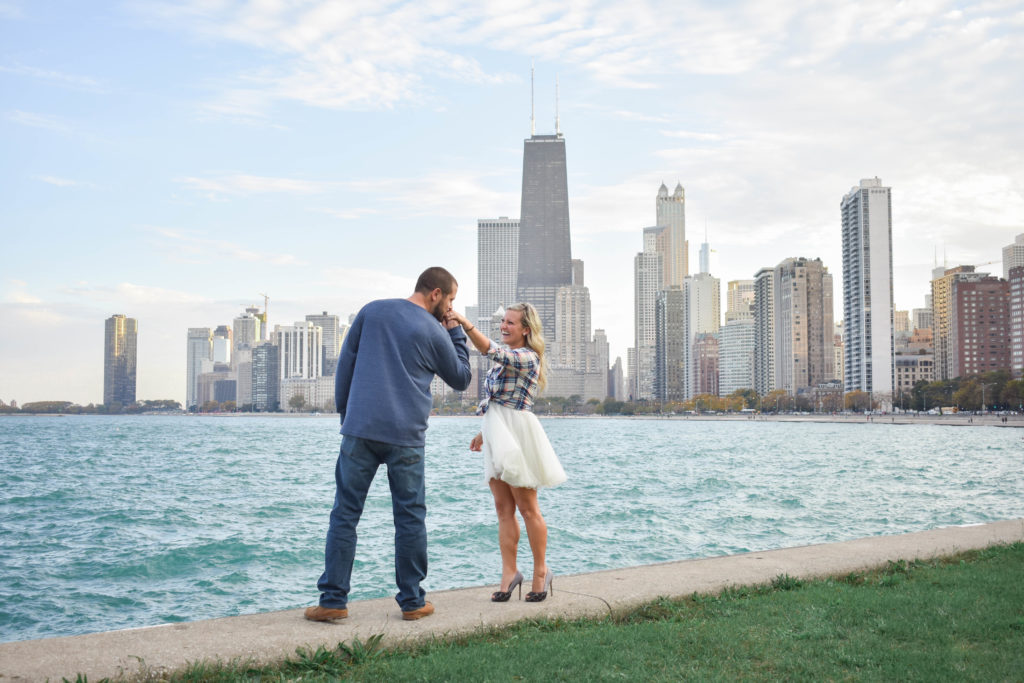
The above photo was also shot with the 35mm kit lens. You can really do a lot with a crop-sensor, and the biggest thing that will make a difference in an image is the lens. I used a fixed 50 mm 1.8 for a LONG time. I heard another photographer say that when you’ve learned everything there is to know about your crop-sensor, then upgrade to the full-frame. And this is GREAT advice! However, as I started to move into the wedding industry, I realized upgrading to a full-frame was without question. There are a couple of reasons for this.
HOW I KNEW IT WAS TIME TO UPGRADE TO A FULL-FRAME:
1.) Focal Length – A crop-sensor camera distorts the focal length of the lens. For example, if I’m shooting with a 50 mm, the camera is actually reading that lens as a 75 mm. You would get this number by multiplying the focal length of the lens by 1.5. I personally didn’t see the purpose in continuing to invest in quality lenses once I realized the distortion factor.
2.) ISO – When shooting a variety of events during the night or with very little natural light, we often turn to ISO for the rescue. The ISO capabilities of a full-frame do not even compare to those of a crop sensor! To anyone reading this who is still conducting preliminary research for Nikon vs. Canon – I actually think Nikon (I had the D810) handles ISO even better than Canon.
3.) Calibrating Lenses – Focus is probably the number one priority for any photographer. Sometimes if our images are coming out with a softer focus (or just not the tack sharp that you’d want), the first step is to calibrate the lens. This has proven to be super helpful for me! But one thing I learned is that crop-sensor cameras do not allow you to make the in-camera adjustments to finish the calibration process.
THINGS I LEARNED ABOUT THE DIFFERENCE BETWEEN NIKON AND CANON:
When I was first looking into making my initial purchase, I will be the first to admit my research was slim. I found information about things like color profiles, but I didn’t really understand how these differences would affect me.
To dive a little deeper into the understanding of color profiles, looking at the greens was when I started to see the difference. I actually like Nikon greens better, but my skin tone preference is with Canon. The Nikon skin tones are much warmer – Again, this is personal preference. Here is an image (not taken by me) that demonstrates the difference of color profiles:
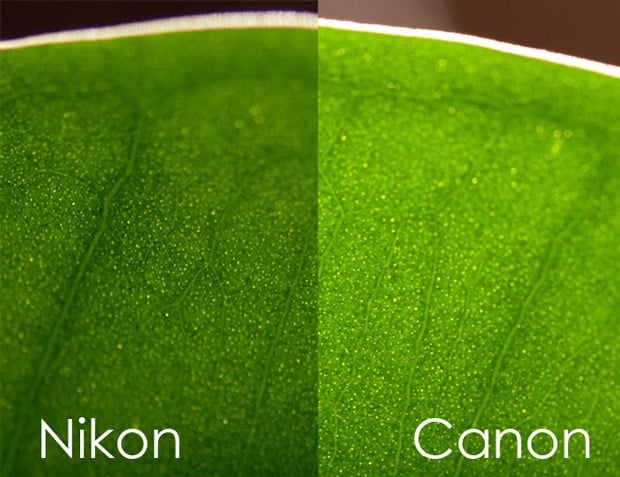
THE SWITCH:
As I continued to learn and grow through this photography journey, I had a realization that the educators I was learning from were all Canon shooters. I took courses through Amy & Jordan and Katelyn James, for example. This opened doors into a community of photographers who – you guessed it – were all Canon shooters. I started to observe that the work I admired most was coming from photographers who were Canon shooters.
The decision was ultimately made when I was making the transition into wedding photography. Most photographers hire independent contractors as their secondary shooters, and this is when the color profiles become a factor. It would be really difficult to edit a wedding gallery for consistency across multiple memory cards if the photographers are shooting with different cameras. Every single photographer that I have networked with over the course of my first year working weddings was a Canon shooter. As I accumulate lenses, it also makes the world of difference to make able to share equipment with your second shooters on any given wedding day.
It’s been almost a year since I made the switch to Canon, and I can confidently say I have no regrets! Both cameras have amazing quality, but for me it was a choice that made the most sense!
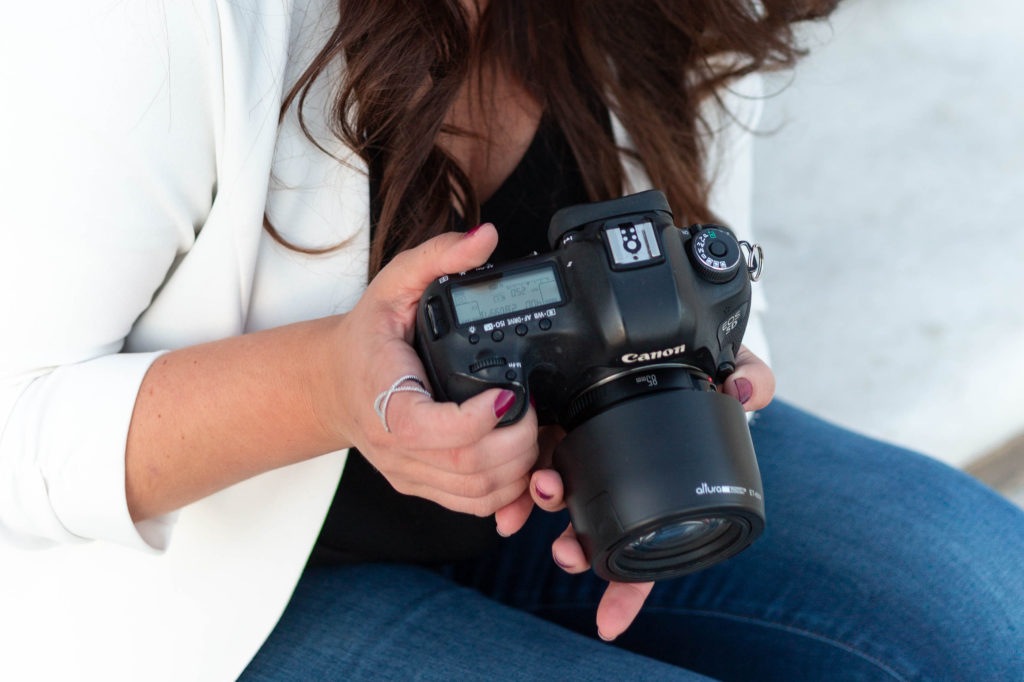
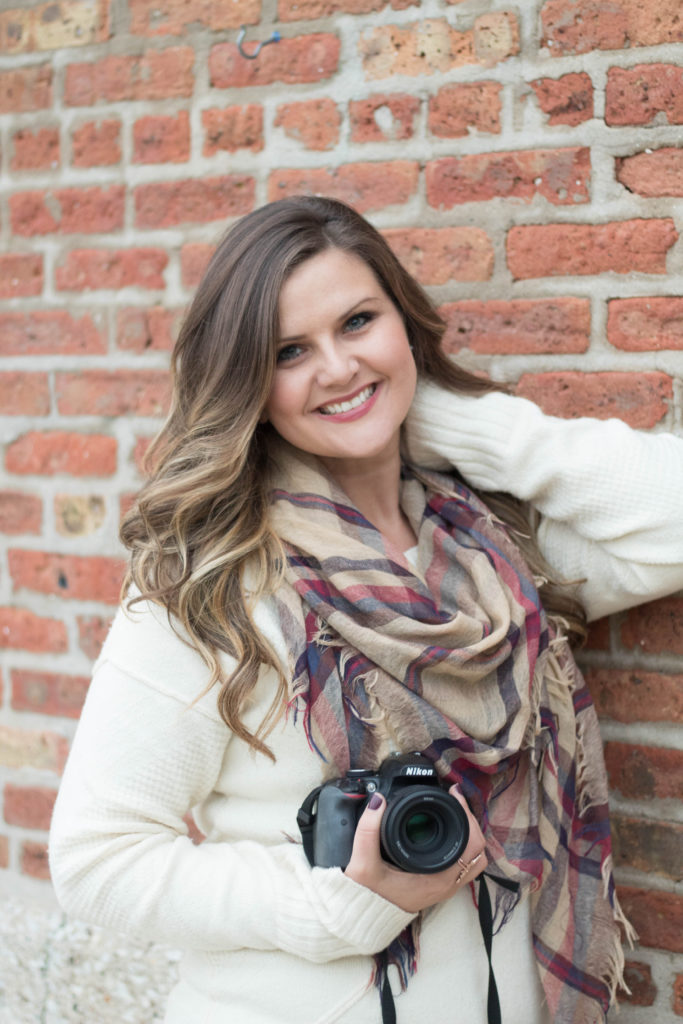
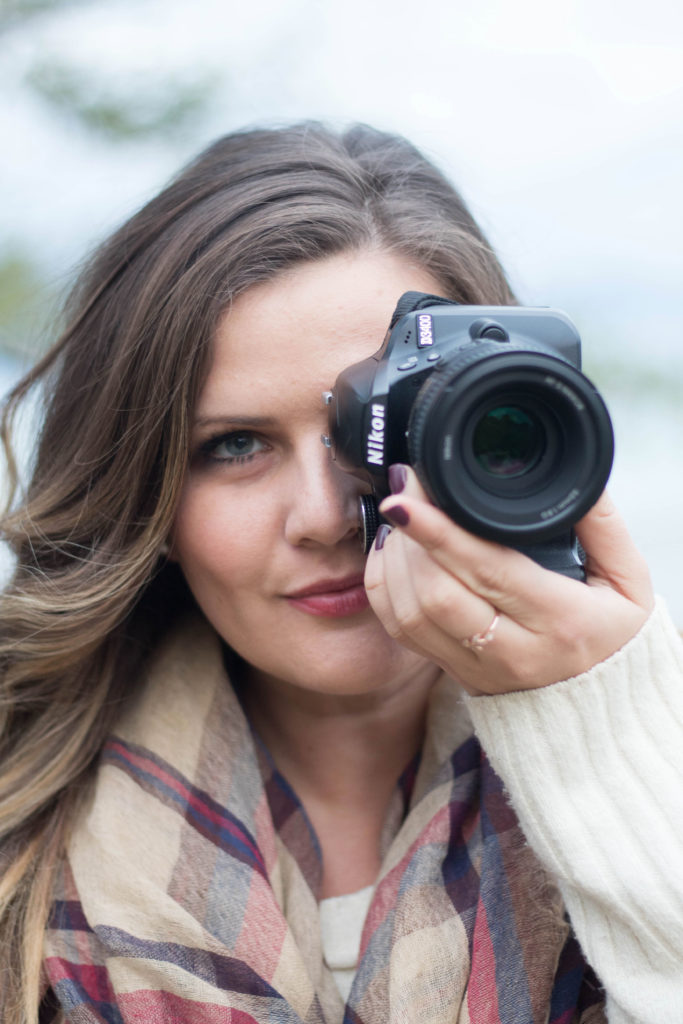
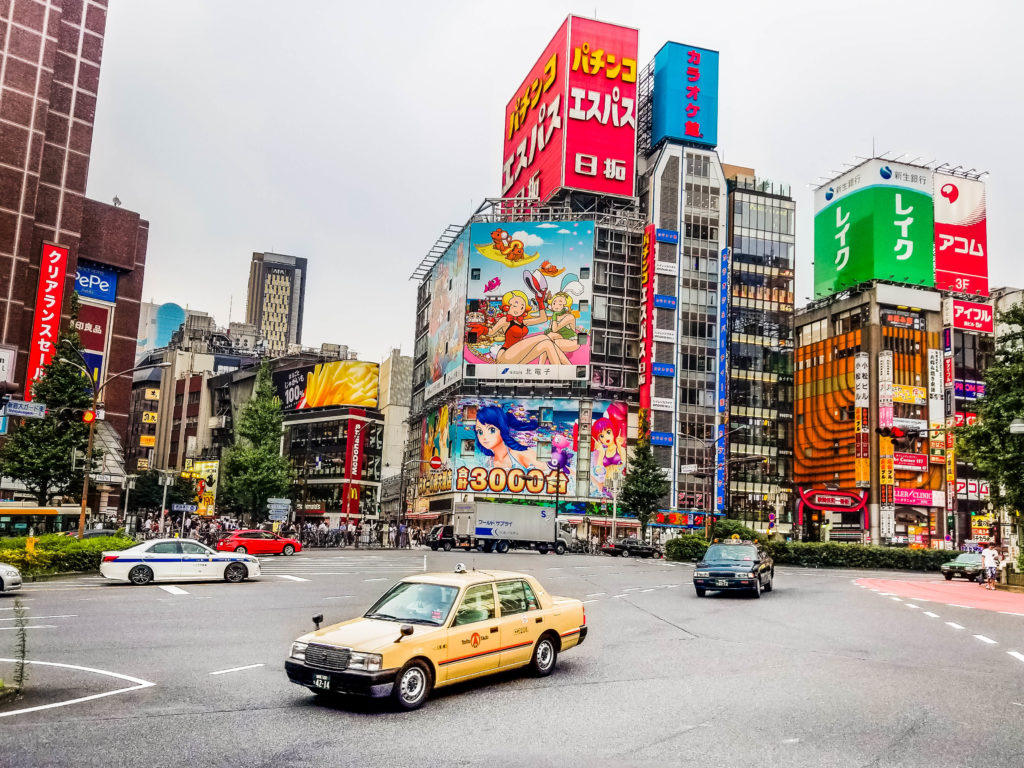
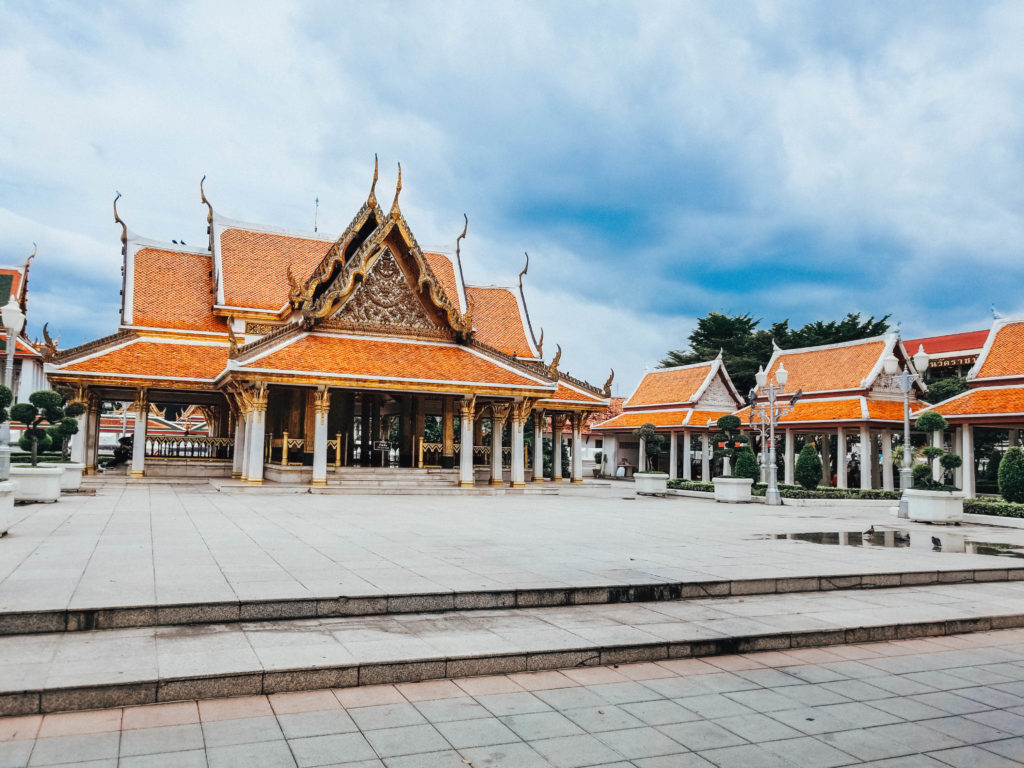
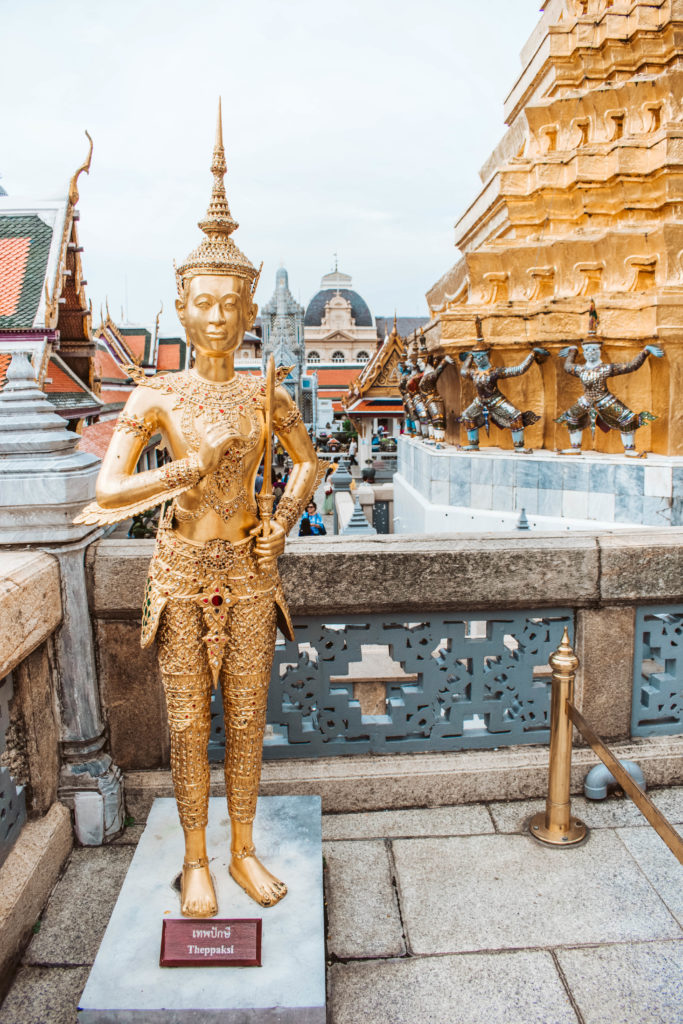
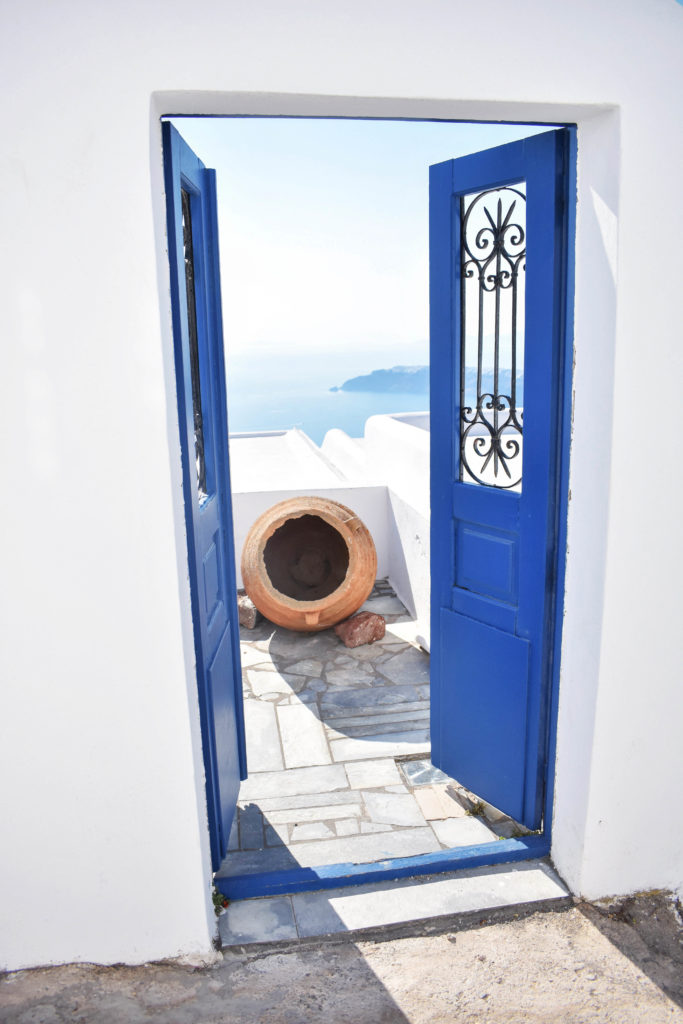
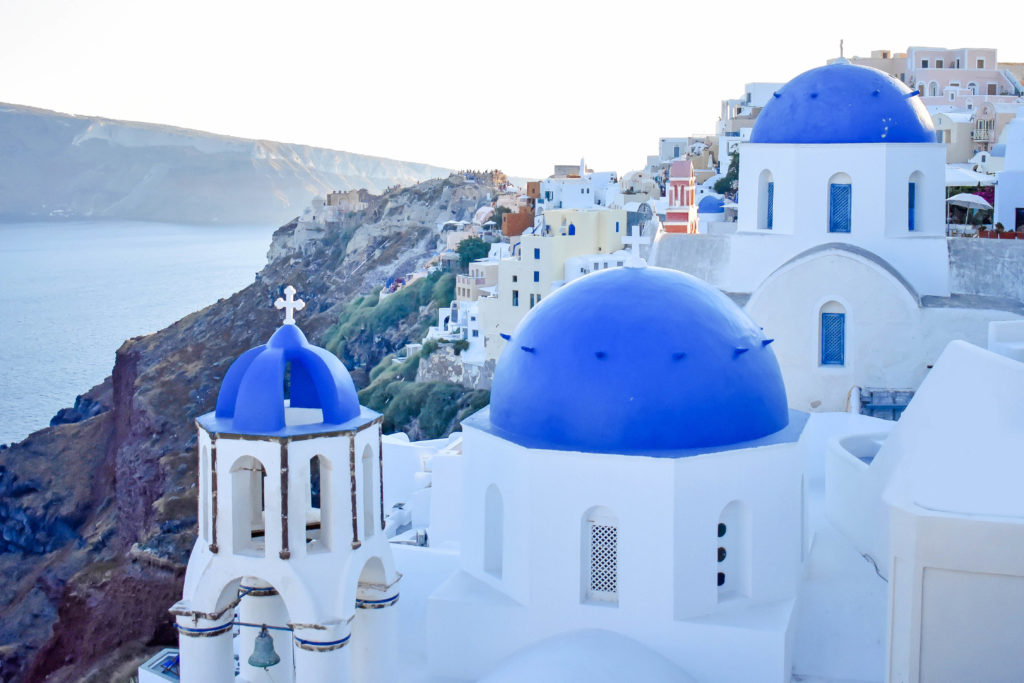
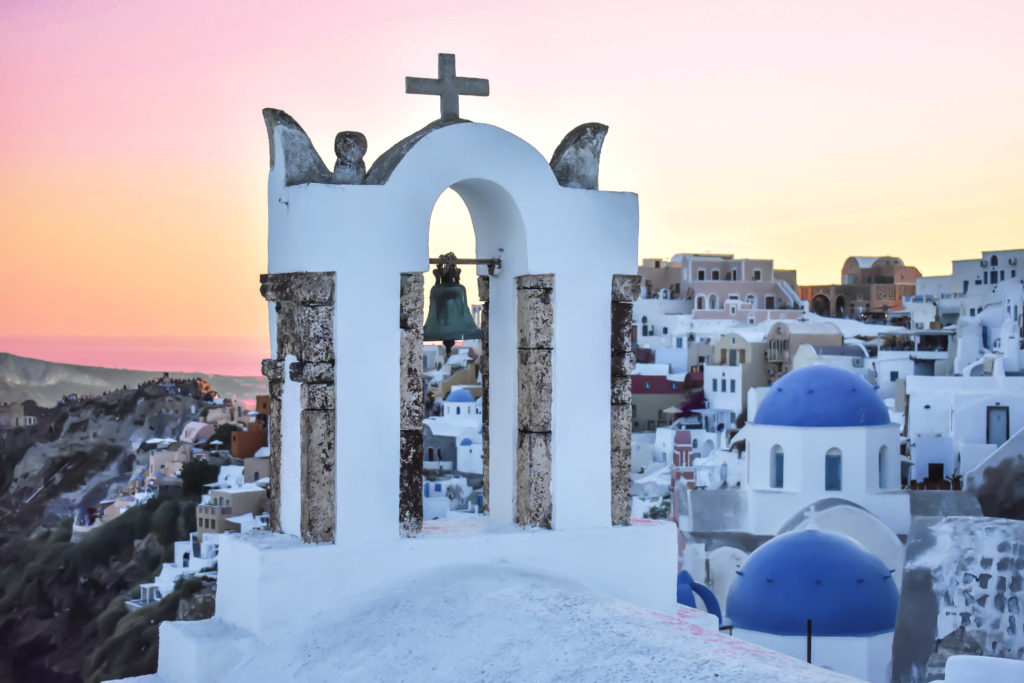
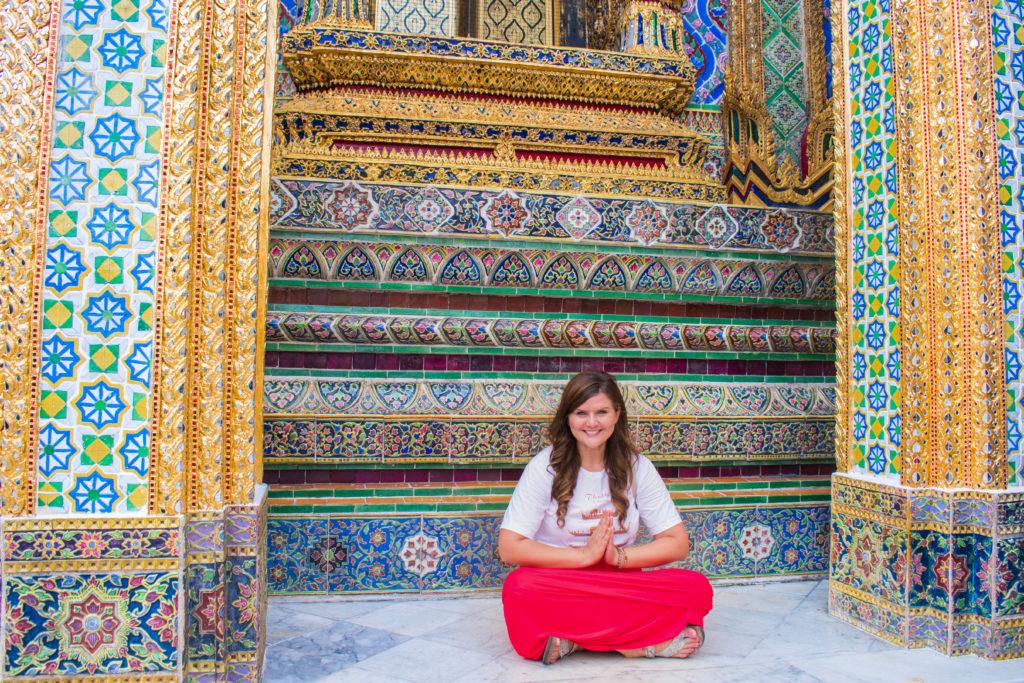
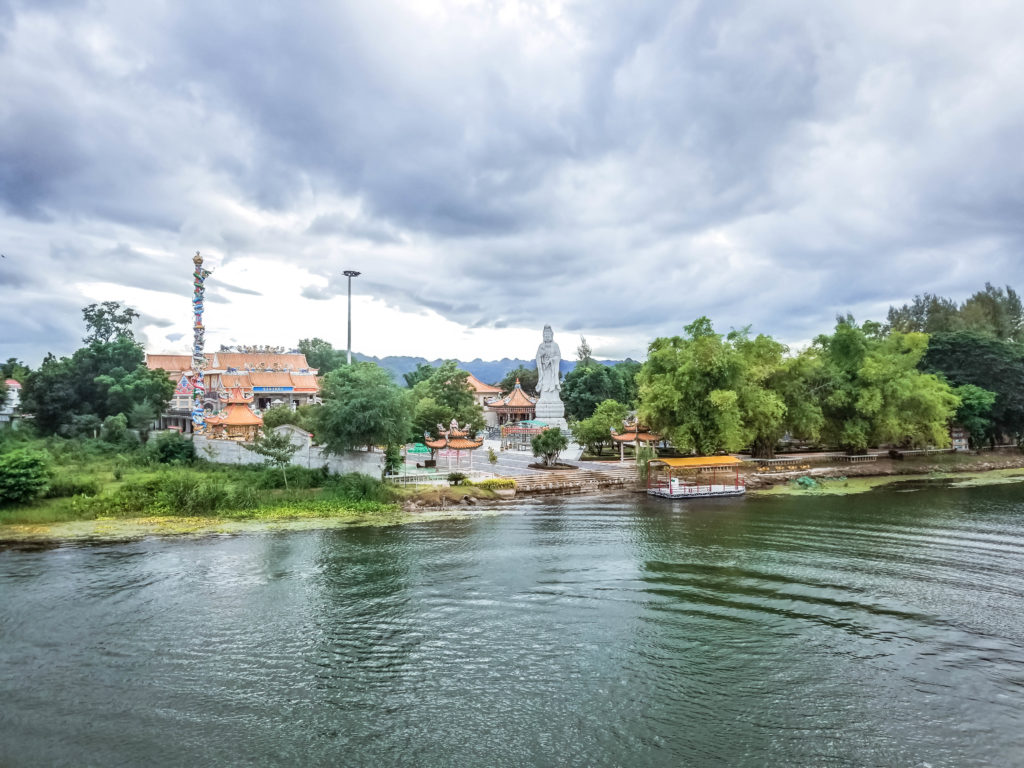
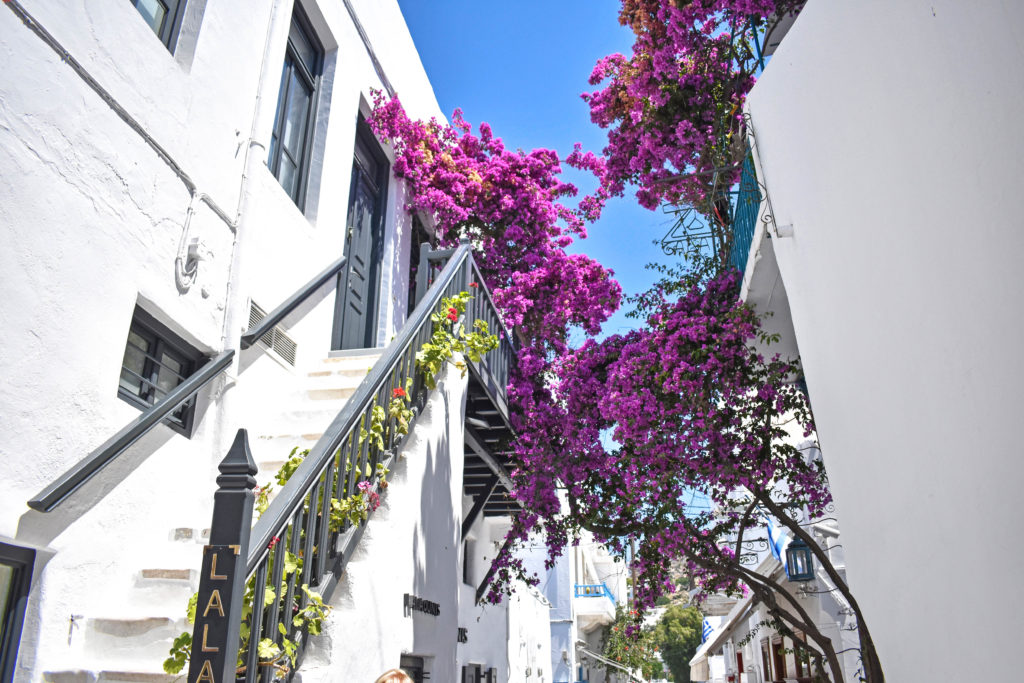
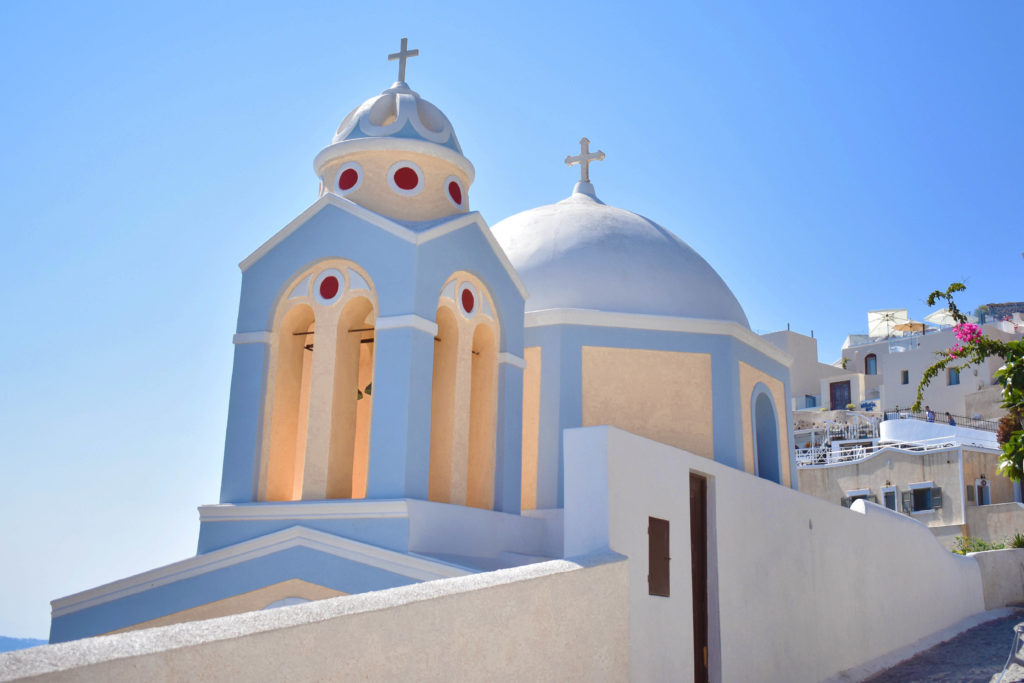
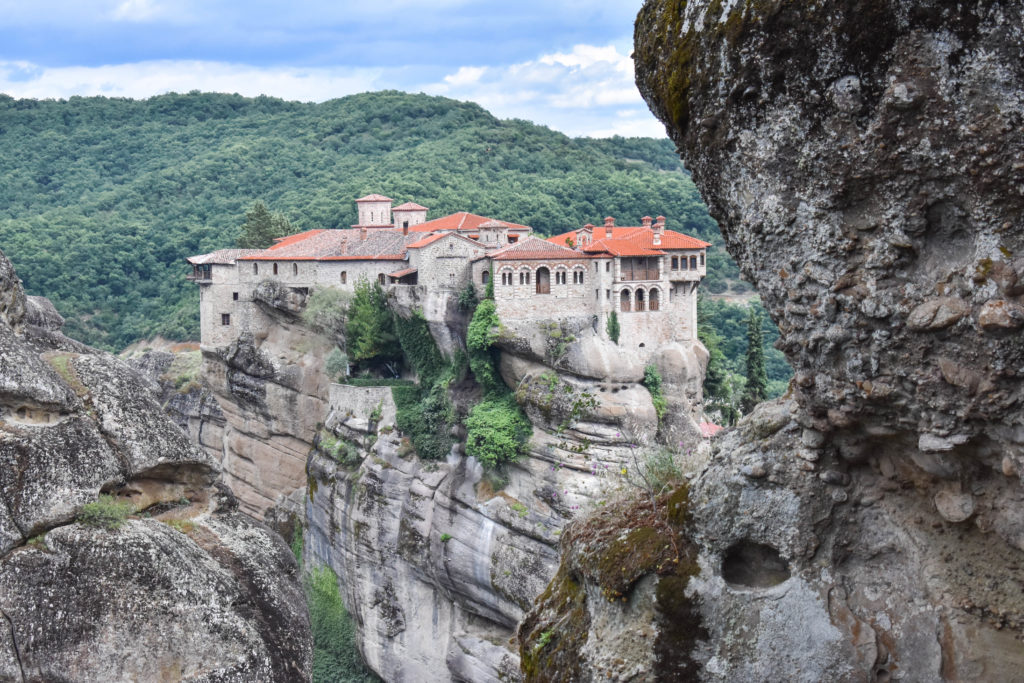
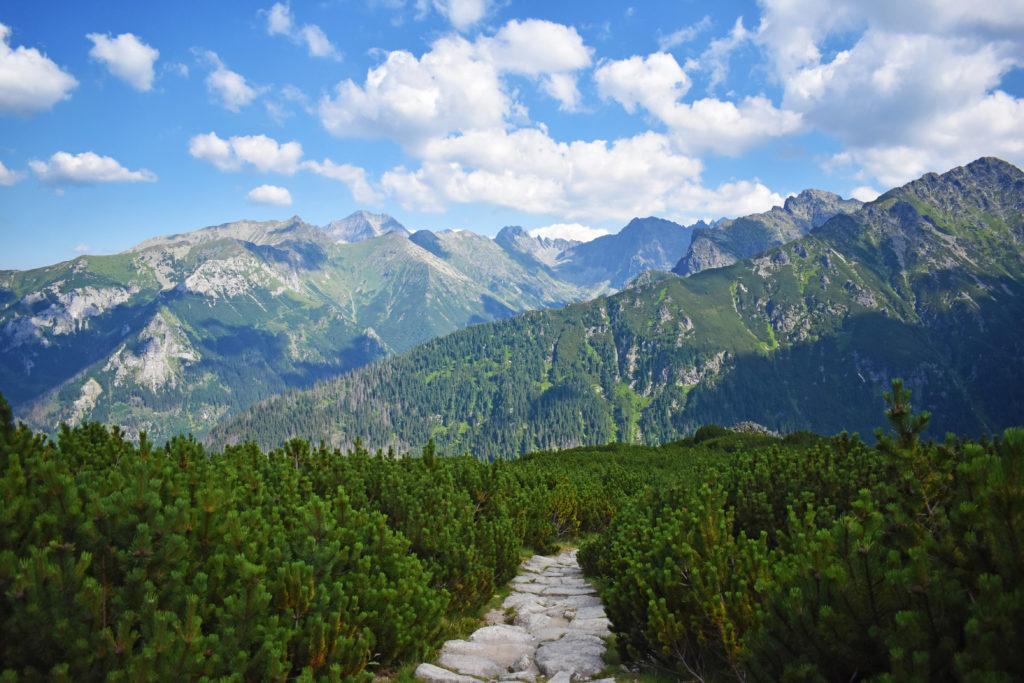
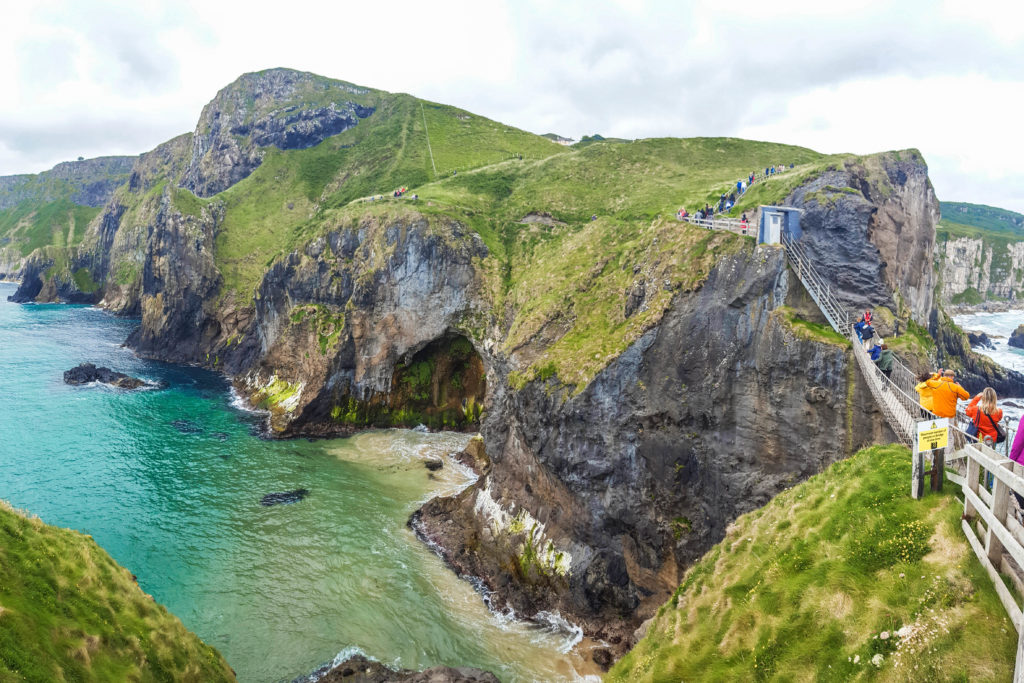
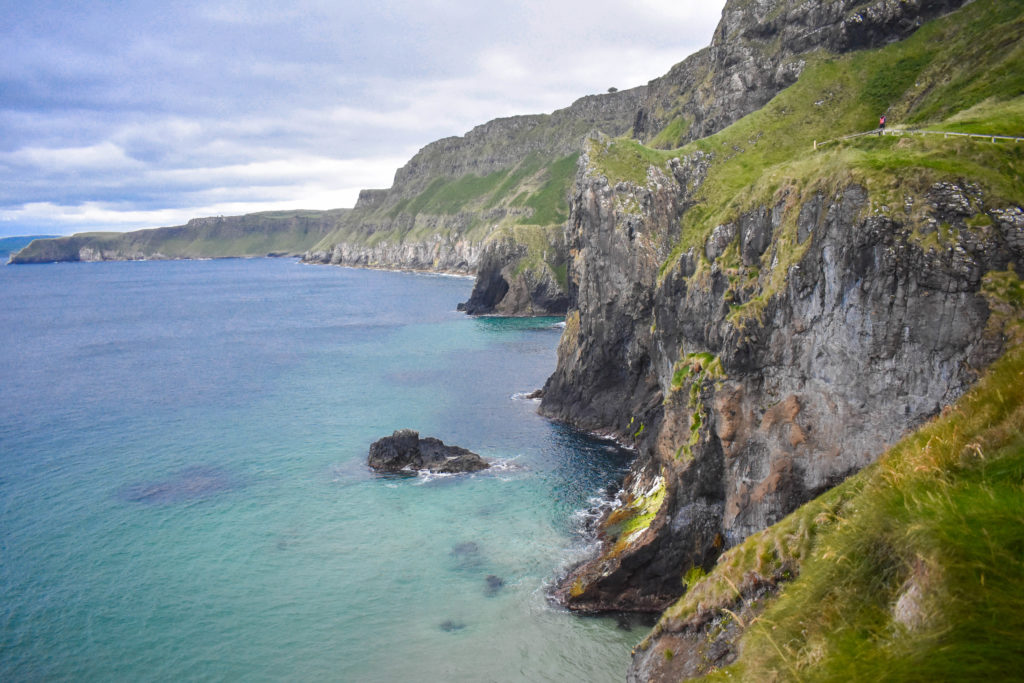
Comments